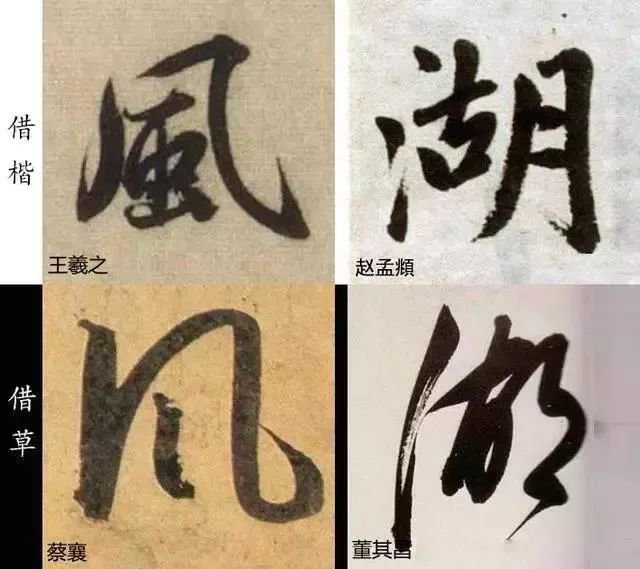Although the cursive writing styles of different calligraphers are different, such as Wang Xizhi's cursive script has Wang Xizhi's style, Mi Fu's cursive script has Mi Fu's style, Zhao Mengfu's cursive script has Zhao Mengfu's style, and so on, the use and changes of the basic calligraphy are similar. To sum up, there are roughly "six changes".
1. Convert a square into a circle
At the turning points of strokes, regular script uses square folds to focus on convenient and smooth writing, while running script mostly uses round turns with full flexibility.
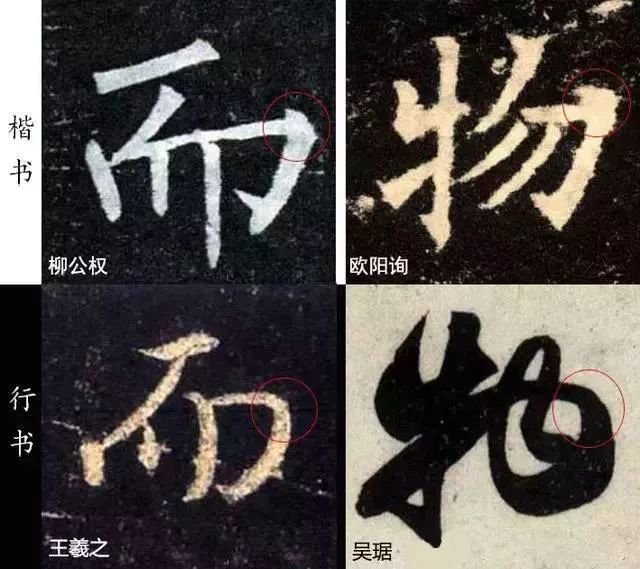
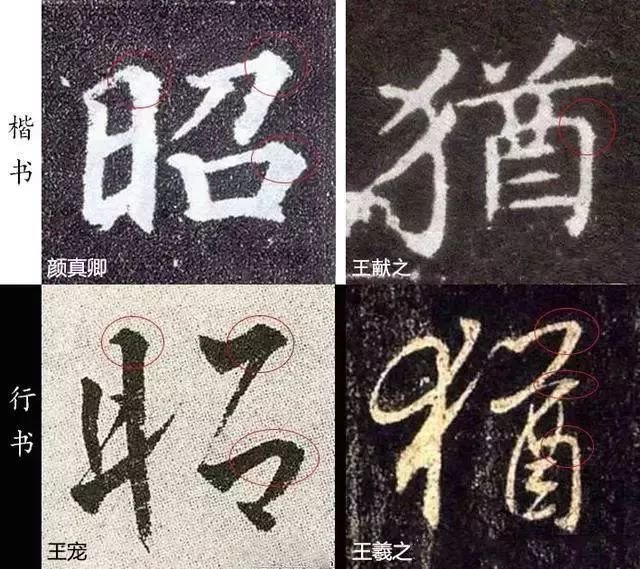
2. Change from long to short
Replace the horizontal, vertical, left and right strokes with the shortest stroke - dot.
If the horizontal line is a point:
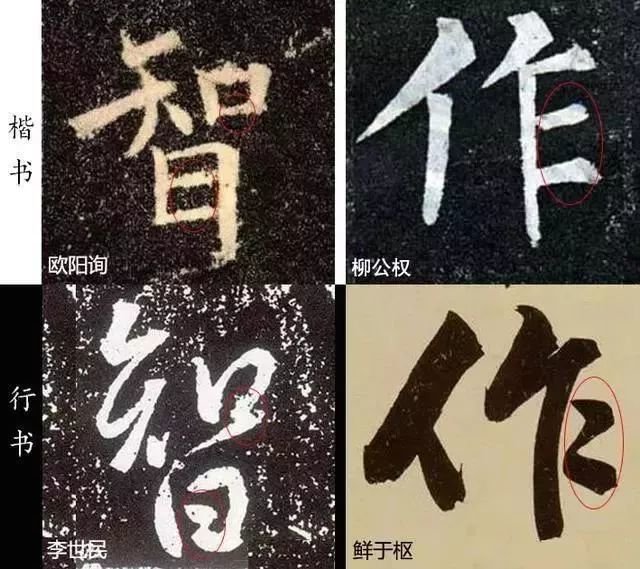
Vertically as a point:
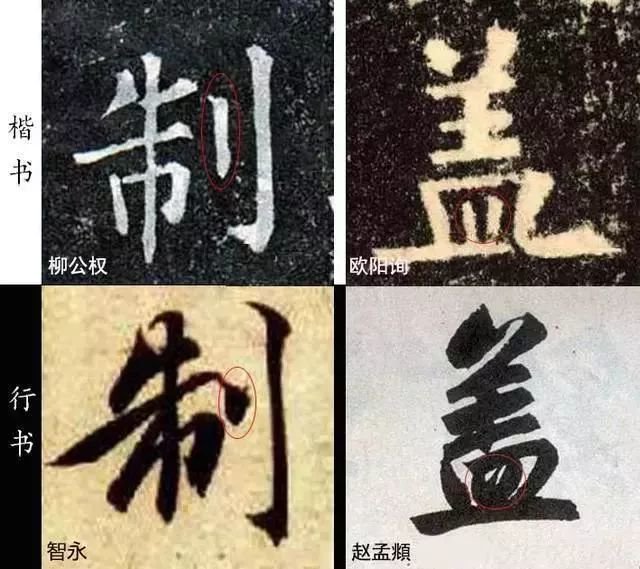
Skip to point:
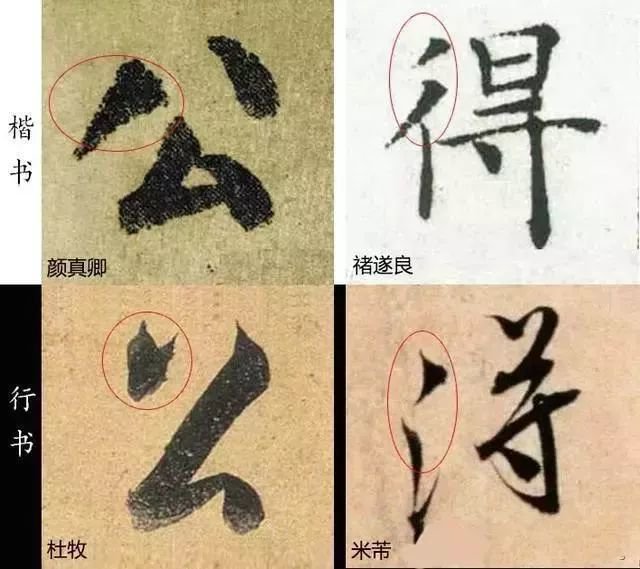
Stop as a point:
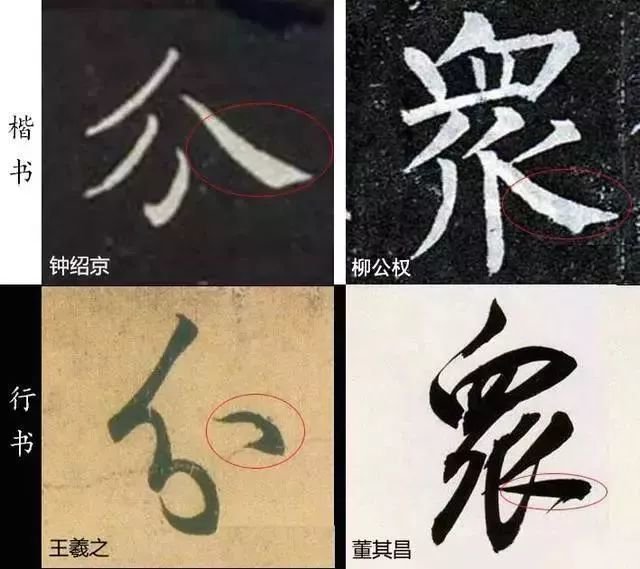
3. Turn straight into curved
Tilt the vertical painting, or change it into a slightly curved line, to achieve the effect of flowing Qi and connecting muscles and veins.
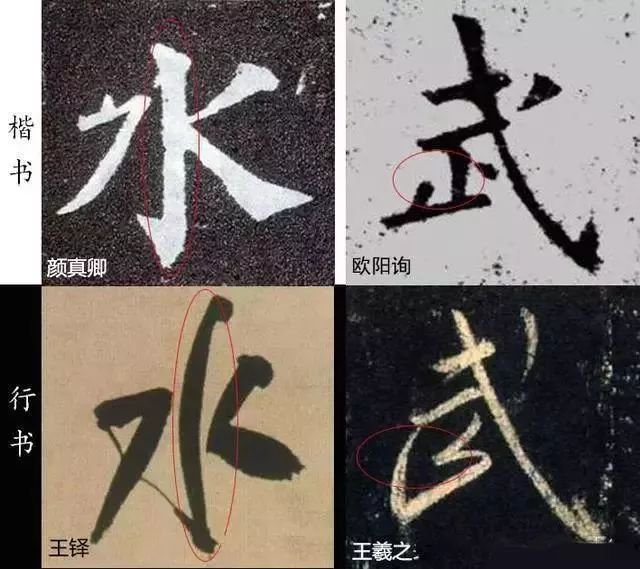
4. Change from smooth to negative
In order to facilitate writing, the stroke order of regular script is changed from up first then down, first left then right, to first down then up, first right then left.
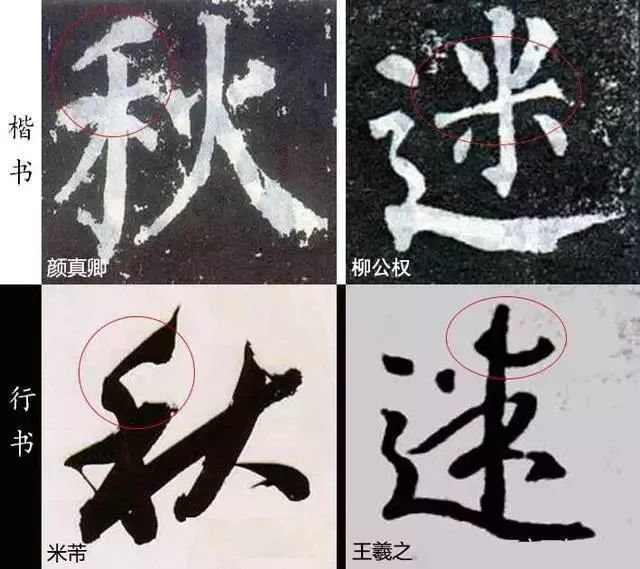
5. Turn breaks into connections
Use faster strokes to connect the disconnected strokes in the regular script with wire hooks to strengthen the echo of the stipples and make them more rhythmic.
1. Connect points to points:
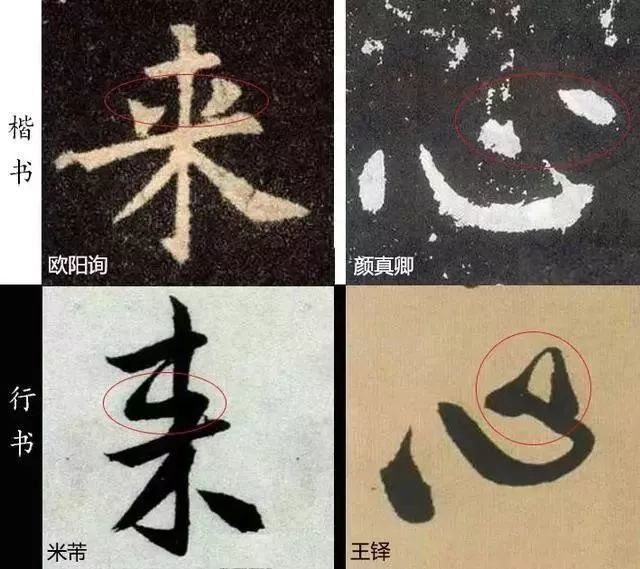
2. Connect horizontally and vertically:
3. The two are connected together:
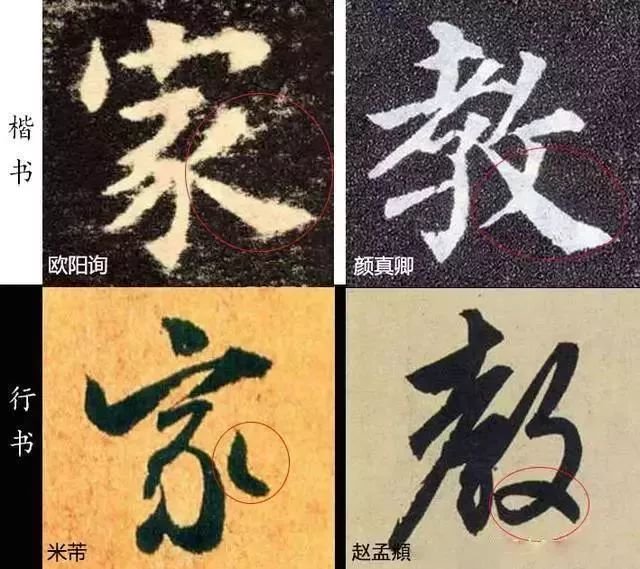
4. Connected with horizontal lines:
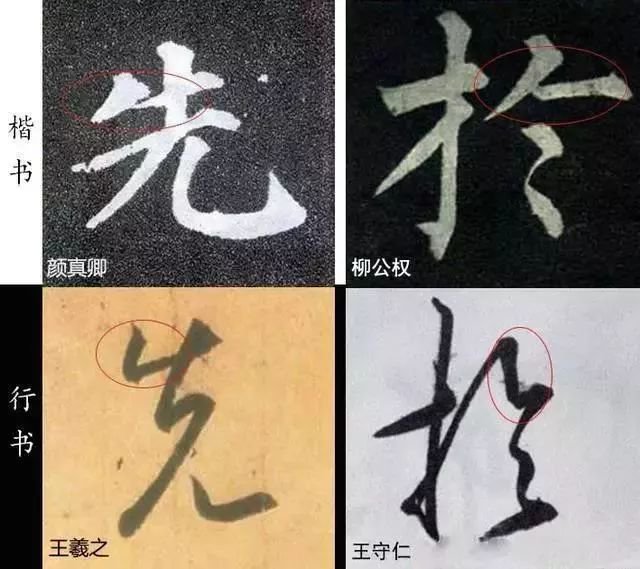
5. The dots are connected with each other.
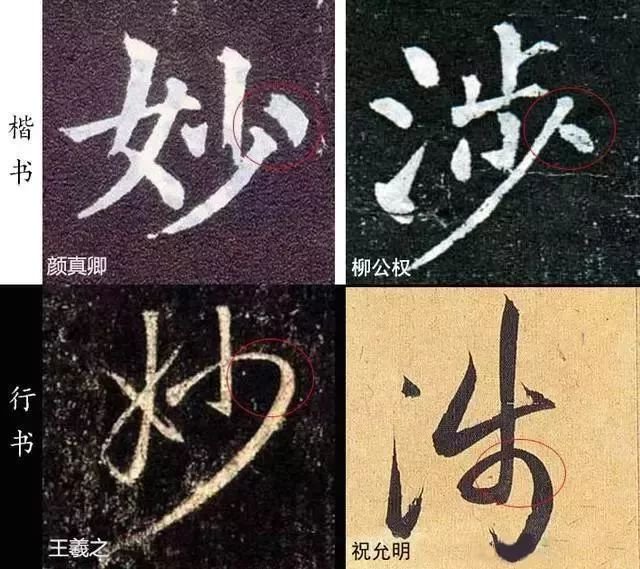
6. Hook and pick are connected:
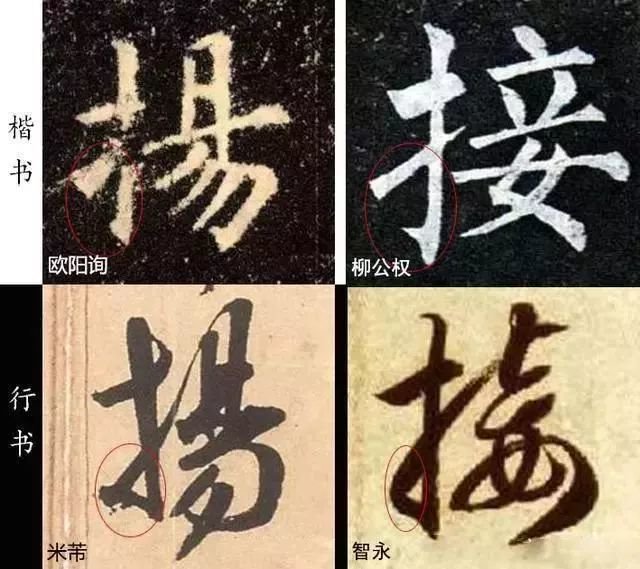
6. Transform similarities into differences
Use different strokes to distinguish the same characters in a work, making the running calligraphy more flexible, vivid and colorful.
1. Changes in strokes, comprehensively using various strokes such as out and back, exposed and hidden, middle and side.
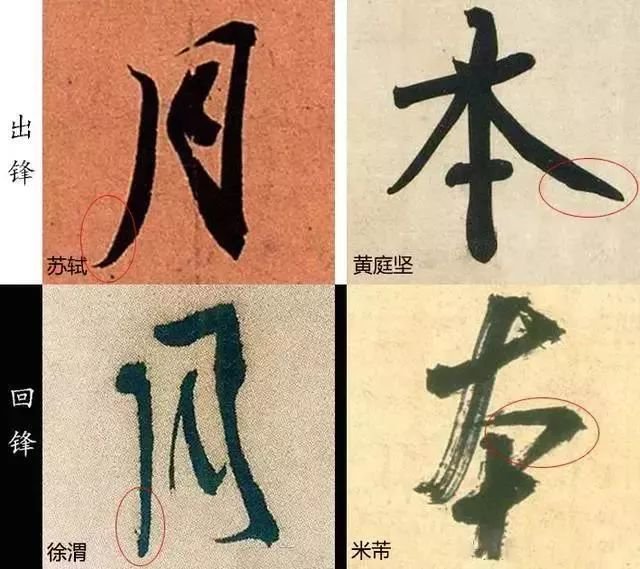
2. Save strokes. Simplify complex strokes and turn them into lines.
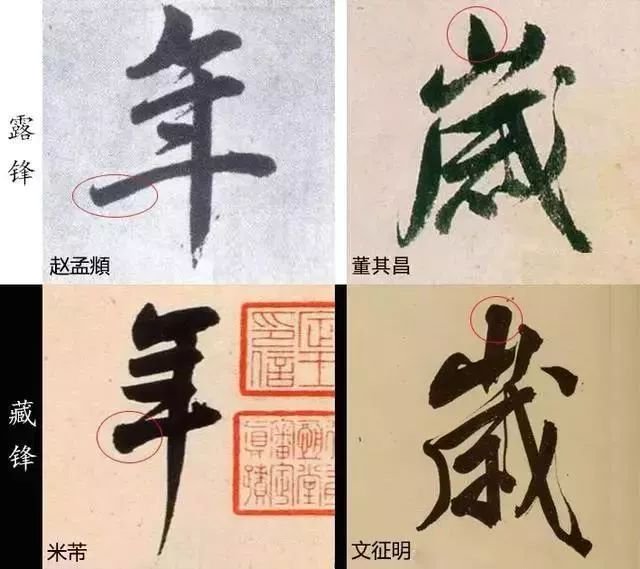
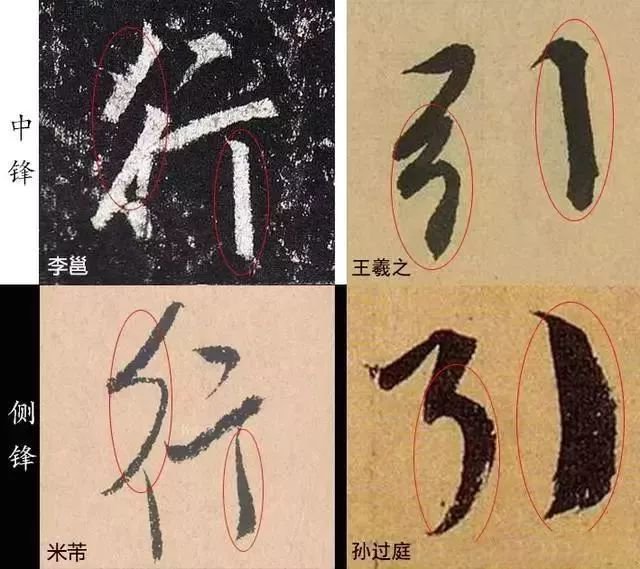
3. Changes in shape and position, from square to elongated, from square to round.
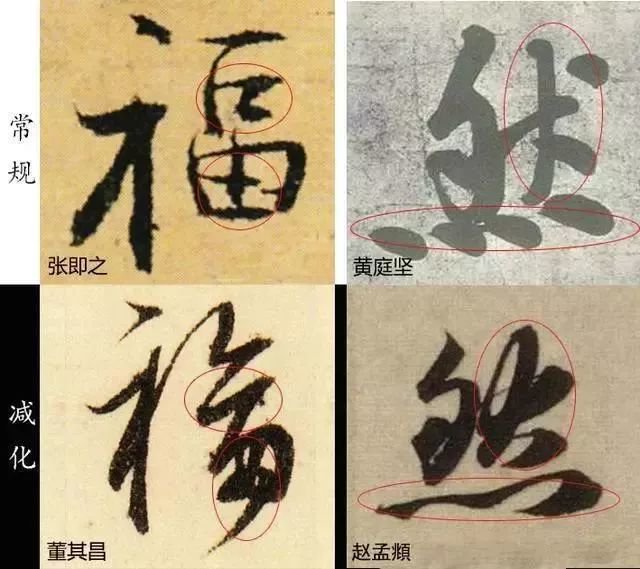
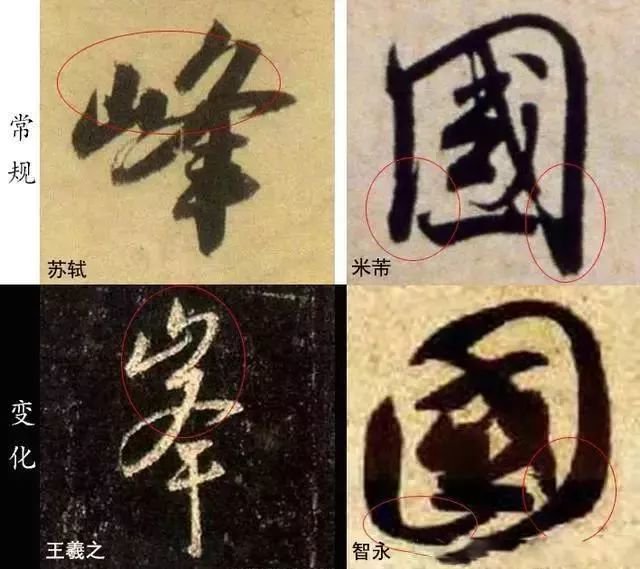
4. In the guise of calligraphy, regular script and cursive script are used in running script works to make the composition full of changes.
